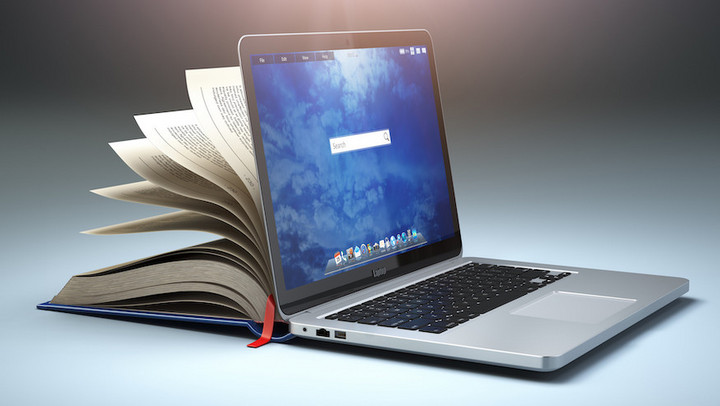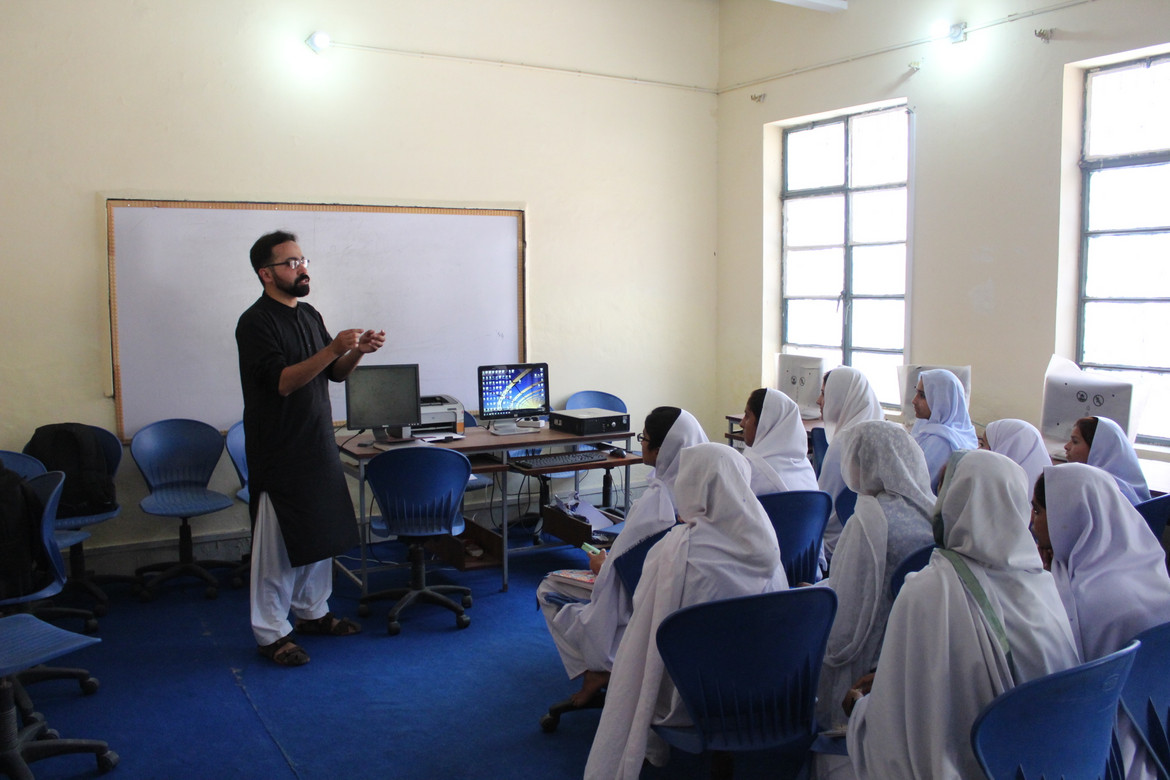Internet for Education: Key Considerations for Advancing Sustainable Development
Joyce Dogniez from the Internet Society explains the value of Internet connectivity for education and equality endeavors, and for the achievement of the UN’s Sustainable Development Goals.

© Bet_Noire | istockphoto.com
The Internet to enable sustainable development
The past thirty years have seen tremendous growth in the capabilities and reach of information and communication technologies (ICTs). The Internet, especially, has become a critical enabler of social and economic change, transforming how government, business, and citizens interact and offering new ways of addressing development challenges. It has also transformed education by creating a new culture of learning and accessing information.
There is no doubt that the Internet has immense potential to improve the quality of education, which is one of the pillars of sustainable development. While it is important to remember that the Internet is not, of course, the answer to every challenge posed by education, it can help to unlock human capabilities that can improve learning and teaching.
This article aims to highlight the power of the Internet to enable education, as well as the challenges that are being faced to make the most of it. In order to show this, we will share a case study from a project in Pakistan and we will introduce policy recommendations that could be considered when discussing these issues.
The Internet for education
Access to the Internet is fundamental to achieving the vision for the future that the world committed to achieve by 2030. It can improve the quality of education in many ways. It opens doorways to a wealth of information, knowledge, and educational resources, increasing opportunities for learning in and beyond the classroom.
Teachers use online materials to prepare lessons, and students use them to extend their range of learning. Interactive teaching methods, supported by the Internet, enable teachers to give more attention to individual students’ needs and support shared learning. This can also help to rectify inequalities in education experienced by girls and women.
A number of factors, however, inhibit full achievement of these gains. Lack of access is first and foremost among these. Lack of broadband connectivity is preventing widespread use of the Internet in education and other areas of life in many countries. This is not just a matter of connectivity.
For access to be meaningful, it must also be affordable for schools and individuals, and teachers and students must acquire digital literacy and other skills required to make the best use of it. In addition, those teachers and students also need to be able to find and use locally relevant content.
All these challenges, but also the opportunities that the Internet provides for education, can be shown in a pilot project that the Internet Society, together with local partners, implemented in a rural village in Pakistan.
Case study: A community network in Pakistan, online supplementary education and its impact
Three years ago, the Internet Society and COMSATS Internet Services, a local Internet service provider in Pakistan, ventured into the rural village Chak-5 Faiz. At that time, some of the villagers had to walk two kilometers to access the Internet. However, at the school - the Government Girls High School - there was a fully-equipped computer lab with network facilities that was locked up and unused because no one knew how to set up and use the equipment there.
As part of an initiative of the Wireless for Communities Programme, we worked with the local community to establish an Internet connection at the school, and there has been no turning back since. Teachers and students have been making full use of the Internet by accessing information, developing their digital literacy and finding innovative ways to use the Internet.
The school connected to a local organization that specializes in online education, to improve the quality of teaching as well as students’ learning experience. This led to the offering of a series of online supplementary education sessions by teachers in Islamabad to 40 sixth-grade girls at the school over a three-month period. The curriculum was tailored by the organization to boost the girls’ understanding of their existing studies in English, Mathematics, and Science. These online sessions were meant to supplement students’ classroom learning, and not replace them.
Besides technical training, the project demonstrated to students, and residents of the village, ways to access relevant information and services on the Internet.
The results of the online supplementary education initiative have important implications for improving educational quality, school attendance, and school completion rates, as well as gender equality. This case study reinforces how the Internet can contribute to socio-economic development and the achievement of the United Nations Sustainable Development Goals. It is not just about laying the infrastructure, but what we can do with it to improve people’s lives.

Final thoughts
The Internet provides great opportunities to improve the quality of education. New ways of teaching and learning, better access to a much wider range of information and resources, new skills for the digital age: all these can transform lives, helping to achieve education for all and other Sustainable Development Goals.
None of these gains are guaranteed, however. Achieving them requires affordable access to the Internet. It also requires giving people the knowledge and the tools to use the Internet.
The Pakistan case study shows that improved connectivity and the vast learning resources that are available over the Internet can be harnessed to advance access and quality of education. Nevertheless, to have an impact, it also requires political commitment, and a strong policy framework that puts in place policies that allow this to happen. The following policies should be considered as first steps towards this goal:
- Policies should encourage and support community-based access initiatives, educational networks, and local research and development initiatives which enable diverse models for access and use.
- Policies should explicitly address the potential for ICTs to overcome gender inequalities in education and improve opportunities and outcomes for girls.
- Policies should review and update policies to foster greater equality in access to learning resources for disadvantaged groups within societies, such as those living in rural areas or poverty, ethnic minorities, speakers of minority languages, and those with disabilities.
- Policies should ensure that teachers have the necessary skills to make effective use of Internet resources.
Only by working together will policymakers, the Internet community, and education stakeholders be able to unlock the full potential that the Internet has for education. Considering the power of the Internet, this will lead not just to improve education, but to the fulfilment of the Sustainable Development Agenda and of an Information Society that meets the needs of all.
Joyce Dogniez is a passionate Internet user. Since 2013, this passion has been key to bringing the work of the Internet Society to life. Initially joining the organization as the Director of Chapters, Joyce has since taken on the role of Vice-President Community Engagement and Development.
About the Internet Society
Founded by Internet pioneers, the Internet Society (ISOC) is a non-profit organization dedicated to ensuring the open development, evolution, and use of the Internet. Working through a global community of chapters and members, the Internet Society collaborates with a broad range of groups to promote the technologies that keep the Internet safe and secure, and advocates for policies that enable universal access. The Internet Society is also the organizational home of the Internet Engineering Task Force (IETF).
Resources
- The Internet and Sustainable Development https://www.internetsociety.org/wp-content/uploads/2015/06/ISOC-ICTs-SDGs-201506-Final.pdf
- Internet Access and Education: Key considerations for policy makers
https://www.internetsociety.org/resources/doc/2017/internet-access-and-education/ - A Pilot Community Network in Pakistan: Online Supplementary Education and its Impact
https://www.internetsociety.org/resources/doc/2018/a-pilot-community-network-in-pakistan-online-supplementary-education-and-its-impact/
Please note: The opinions expressed in Industry Insights published by dotmagazine are the author’s own and do not reflect the view of the publisher, eco – Association of the Internet Industry.





